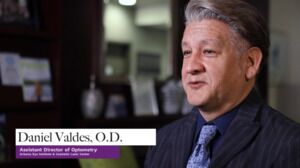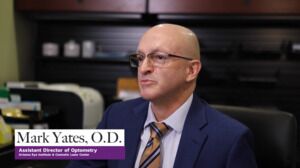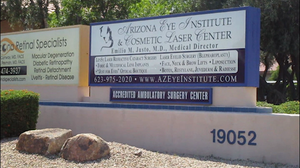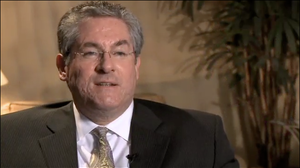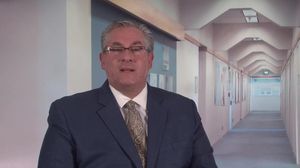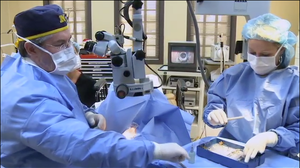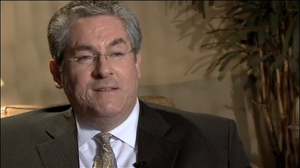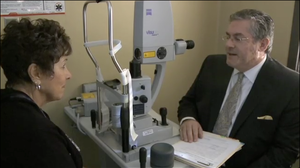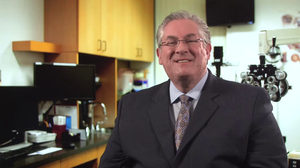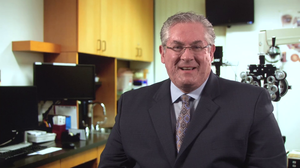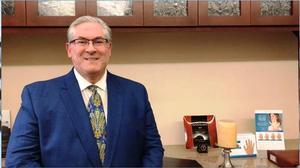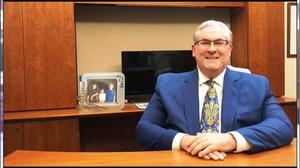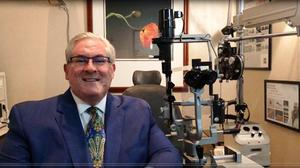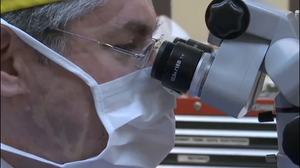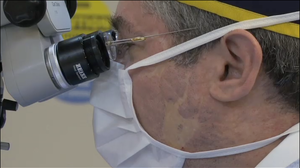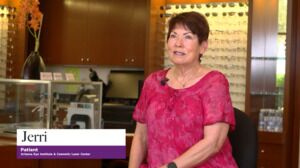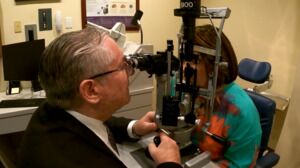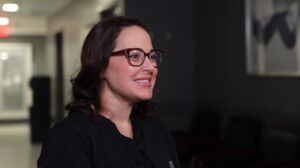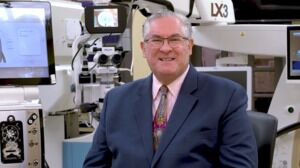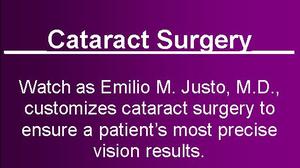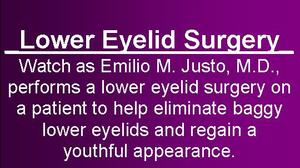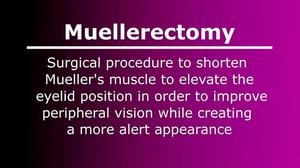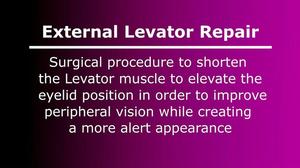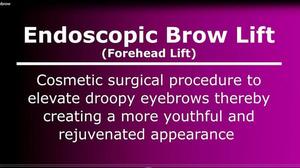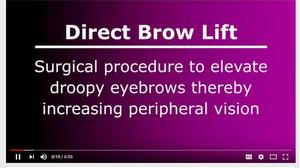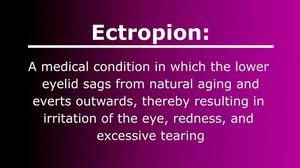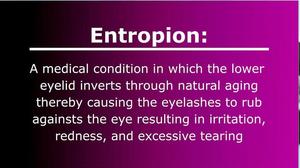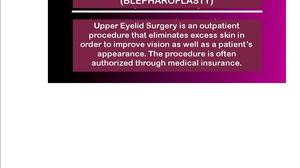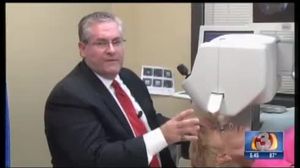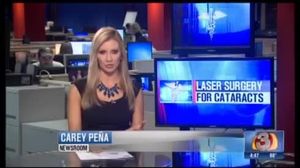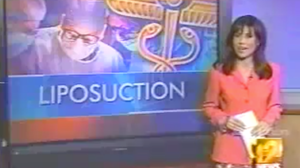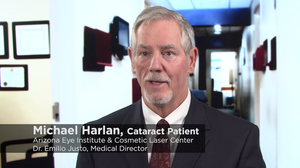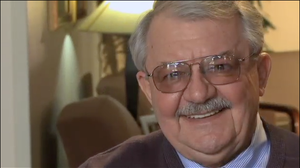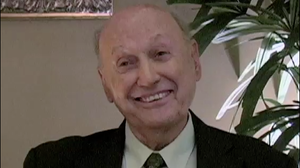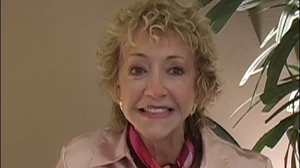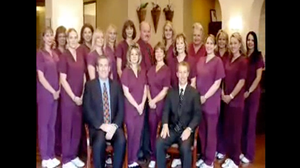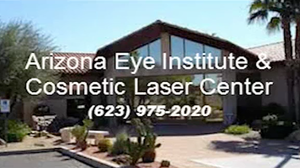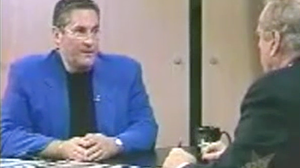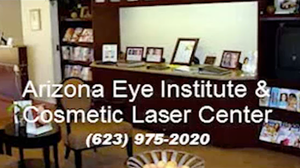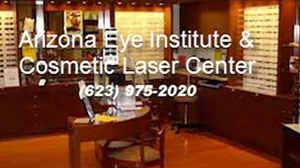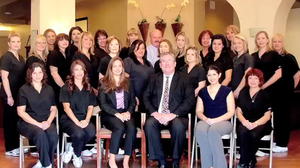Description
Dr. Emilio M. Justo of the Arizona Eye Institute in Phoenix, AZ, explains the benefits of laser blepharoplasty, or laser eyelid surgery. He discusses why the procedure is performed, what patients can expect during surgery, and how their lives will benefit in different ways, from upper and lower eyelid procedures. Many patients don’t realize that the upper eyelid procedure is often covered by insurance. Laser therapy offers several advantages over traditional blepharoplasty.
View transcript
Hello, my name is Dr. Emilio Justo, the founder and medical director of the Arizona Eye Institute and Cosmetic Laser Center since 1989. I would like to provide you with some exciting information regarding the benefits of CO2 laser eyelid surgery, also know as blepharoplasty. Although I have been performing numerous eyelid surgeries, including blepharoplasty, for well over 25 years I have committed to using the carbon dioxide laser, also know as the CO2 laser, since 1997 for both my upper eyelid and lower eyelid blepharoplasties. Making me one of the first surgeons in Arizona specializing in CO2 laser eyelid surgery as well as having performed more than 10,000 such cases.
The term blepharoplasty refers to the surgical procedure whereby either excess skin and/or excess fat is removed from either the upper or lower eyelid. Contrary to popular misconception, blepharoplasty does not change the underlying anatomy or shape of the eyelid. Even though many lay people use the term eyelid lift this is really a misnomer as the only tissue that is lifted is the loose sagging skin of the upper eyelids which is permanently removed, but the actually position of the upper eyelid relative to the pupil of the eye remains the same as before the surgery. However, in many cases there is quite a significant amount of flaccid eyelid skin the after surgery results may look at first glance as though the upper eyelid has been lifted. Whereby in reality this refreshed, open appearance is simply the result of eliminating the excess droopy skin.
Let's first discuss the most common and popular eyelid surgery which I perform, which is laser upper eyelid blepharoplasty. This procedure is one of the most gratifying for me because of several reasons. First, the vast majority of patients notice after the surgery that their peripheral vision, or side vision, is greatly improved as the so-called blinders that have insidiously developed over many years are literally gone instantaneously. Equally as important, with upper eyelid laser surgery many patients notice that their eyes do not feel as heavy or tired. Particularly in the evening when reading or watching T.V. And in some cases patients feel as though they have less eye strain and even less headaches. The other extremely important aspect for patients considering upper lid blepharoplasty is that depending upon the degree and the severity of the heaviness of the skin as well as the symptoms the patient may be experiencing before surgery in many cases we are able to assist the patient to get this upper eyelid procedure approved and authorized by their medical health insurance.
Lastly, when I perform upper eyelid blepharoplasty as a stand alone procedure this surgery is done in a very gentle and quick manner normally taking about 20 to 25 minutes for both upper lids and performed under local anesthesia without the need for any I.V. sedation. At the end of the procedure the patient will have one continuous weaving stitch that runs the full extent of the eyelid crease starting in the inner corner of the lid and extending to the outer corner. This suture is then removed approximately one week after surgery. Although upper eyelid blepharoplasty may often times be considered functional or medically necessary we do have many patients who elect to have lower eyelid blepharoplasty performed either at the same time as the uppers or as a stand alone procedure.
Now there are a few differences to be aware of with lower eyelid surgery. First, any type of lower eyelid blepharoplasty is always considered cosmetic as there are unfortunately no insurance companies that will cover such a procedure as it is strictly done to primarily remove the fatty pouches, also referred to as bags, that certain individuals develop in the lower eyelids. And sometimes excess skin as well. I consider lower eyelid surgery a more stimulating procedure, hence I always perform the procedure with the patient having I.V. sedation administered by our anesthetist so that the patient is essentially asleep during the surgery. This way the patient is assured to have a very comfortable procedure without any pain whatsoever. As with the upper eyelid blepharoplasty, the lower eyelid procedure is performed in our state licensed, fully accredited surgery center located in our Sun City West Medical Office building.
Secondly, there are two possible techniques for lower eyelid blepharoplasty and the determination of the exact technique to be used is made at the time of our private consultation in which both the patient and I mutually discuss and evaluate his or her specific anatomy as well as the goals, needs, and desires of the patient. In general, approximately 85 percent of my lower eyelid blepharoplasties are performed using what I refer to as an internal approach versus the remaining 15 percent in which I use an external approach. So, what is the difference? The internal approach is also know medically as a transconjunctival approach whereby I first use the laser to make a small opening within the inside of the lower eyelid known as the conjunctiva. Once this opening is made the fat pockets are teased out and removed by laser. Because the conjunctival tissue is a mucous membrane, and not skin, no stitches are required as this tissue self seals in just a few days.
Following this first step, the next steps is to use the same CO2 laser to perform a laser peel, also known as laser resurfacing, around the eyes which helps improve the texture of the skin and promotes gentle skin tightening. This laser peel is wonderful adjust that I routinely do for all of my internal lower eyelid blepharoplasties. The external approach is reserved for those individuals that truly have a significant amount of excess or loose skin in their lower eyelids, with or without the fatty pouches. In this technique, which is much more time intensive, in addition to removing the fat pockets as described earlier I make a skin incision beneath the eyelash margin of the lower eyelid extending from the inner corner of the eyelid all the way, just beyond the outer corner. Once the surgery is completed there will be one continuous weaving stitch along the lower lid which is removed about 10 days later. Also I do not recommend using the laser peel around the eyes when using this external approach to lower eyelid surgery.
Since lower eyelid blepharoplasy is performed under I.V. sedation, by default any patients who are having both upper and lower eyelid surgery at the same time will be under I.V. sedation for the entire procedure. Depending on your age and medical history I may request either a medical clearance, recent routine lab work or a baseline EKG prior to any of my surgeries performed under I.V. sedation. Additionally, for eyelid surgery I typically recommend stopping any aspirin containing products, fish oil, or vitamin E supplements two weeks in advance. And if you take any prescription blood thinners we would request the approval of your primary care physician to stop these about three to five days before surgery depending upon which particular blood thinner you may be using.
This is an exciting time in the history of medicine for our patients to be experiencing both functional as well as aesthetic improvements with their eyelids. And advanced, state of the art technologies such as the CO2 laser have advanced the cause by providing precise, safe, and reproducible surgery with extraordinarily far less bleeding and bruising than with traditional techniques. Please ask us about your eyelids at your next eye exam appointment or call my office for a personalized consultation regarding possible blepharoplasty surgery. I am highly confident that you will be pleasantly surprised with your results. Thank you for your attention. I hope this video has been informative for you.






